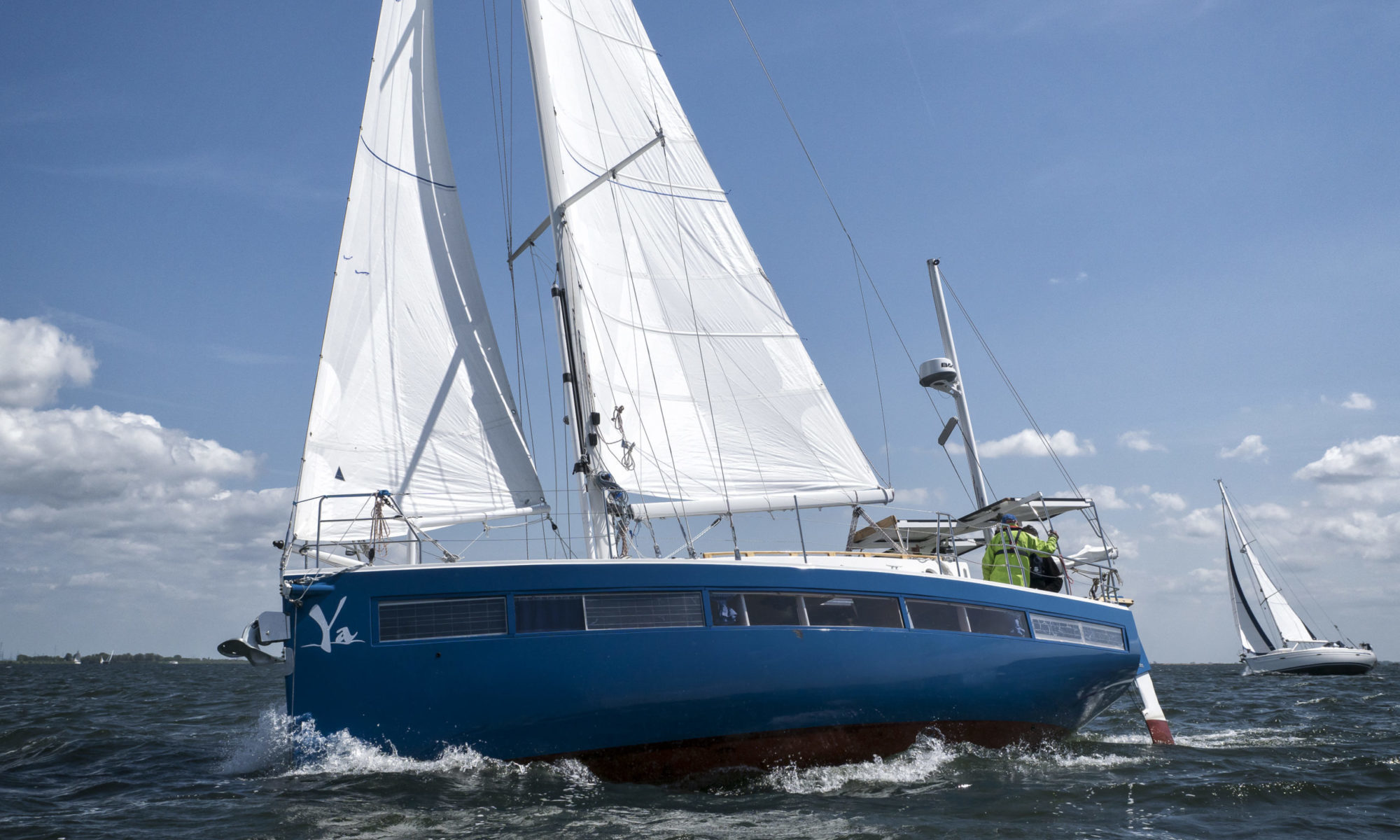At the Moss Landing Power Plant in California, on of the largest battery plants, a huge fire broke out.
Did it spread fast? Yes, very fast.
At the Moss Landing Power Plant in California, on of the largest battery plants, a huge fire broke out.
Did it spread fast? Yes, very fast.
How to stop it? It is hardly possible. It will burn till all energy has been burnt away.
Tests
The plant produces generally Lithium Ion batteries.
Let us see what they do when we test even a small battery.
these two things typically happen with car batteries. Here two examples from the field (the street, if you want)
You see that even when it was extinguished, it pops up again (and again, and again).
2. a bigger EV:
Other batteries
Now check different sorts of batteries, the Lithium polymer, LTO and LFP.
A test:
The LFP doesnot want to flame. But finally somebody managed it to make it create a soft flame by punctioning it.
However, it is self retarding pretty quick.
Fighting battery fires
As shown before, the non LTO, Lithium Polymer and LFP batteries are self retarding. So you just wait.
For the Lithium Ion there are different methods.
The blanket is the simplest:
The water (cooling) is a difficult one. You would need to spray about 1 ½ day to get an EV fire extinguished and it would need many thousands of liters.
the burning EV in a container with water for 48 hours.
Conclusion:
When it gets to firefighting, we allways discuss Lithium Ion. Because it is inherently not safe. It just keeps on igniting, even when you think it is.
Lithium Ferro Phosphate and Lithium Polymer are relatively safe. If you take the source away (the charging current), it stops and is self retarding.
Why not preventing the problems, so what about banning Lithium Ion and go for LFP?

